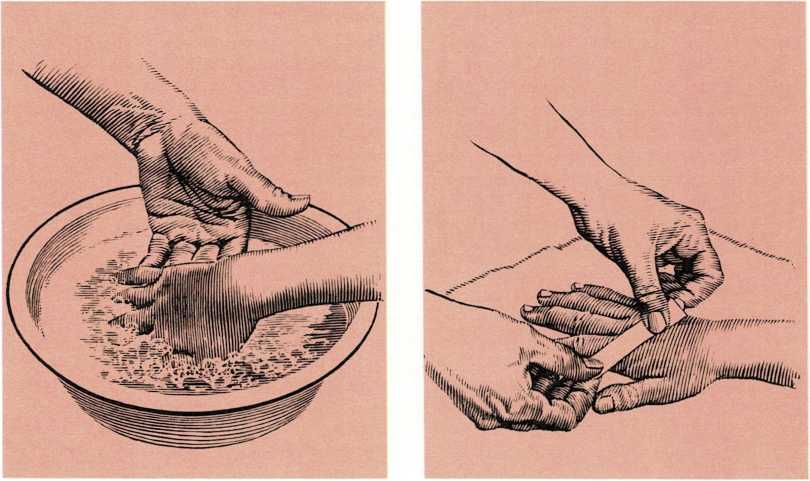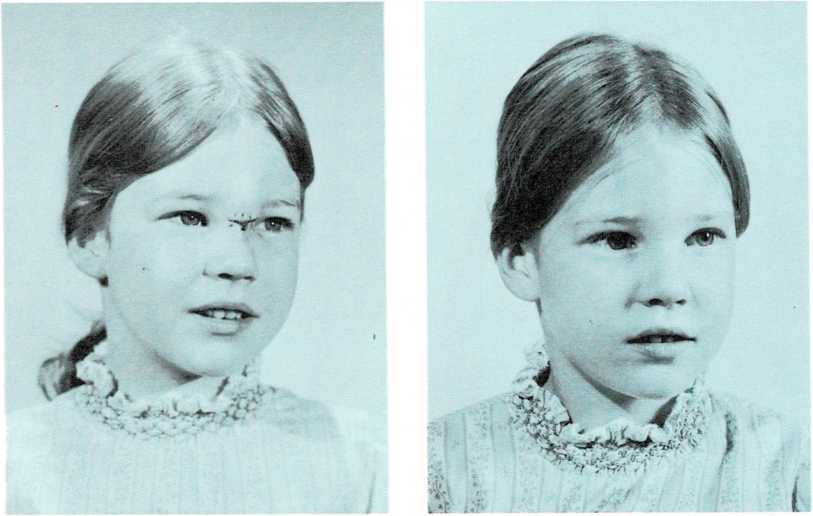Cuts and Scratches
Cuts and scratches. The best way to treat small cuts and scratches
is with soap and water. First, wash your own hands. Then, wash the cuts
with plenty of soap and water, using cotton or a clean cloth. After
this, rinse away the soap and cover the cut with a small sterile gauze
square or a bandage to keep it clean. You do not have to apply any
antiseptic to a wound that is thoroughly washed. If areas around the
cuts or scratches become inflamed, consult your doctor. Inflammation is
caused by infection.
If a cut is large and deep, take the child to a hospital emergency room.
Stitches may
Treatment for cuts

Wash a small cut with plenty of soap and warm water. Then rinse the
cut thoroughly and cover it with an adhesive bandage strip.

Some cuts require stitches to bring the edges of the cut together.
This helps the wound heal and usually prevents unsightly scars.
be necessary to close the wound. But in many cases a doctor can use
strips of adhesive tape to bring the edges of the wound together.
A deep cut may bleed profusely. You can usually control bleeding by
applying a sterilized dressing or clean cloth over the cut and pressing
down until the bleeding stops. If the bleeding continues, do not remove
the first dressing. Place another dressing on top of it and continue
pressing.
Cuts in the scalp and face may bleed profusely for a few minutes. In
most cases, the wound is not as serious as it appears. Wash away the
blood, and then decide whether a doctor should examine the cut.
A cut on the inside of the finger, palm, or wrist may injure a nerve or
a tendon. Have the child flex all the fingers on the hand to make a
fist. If nerves or tendons have been cut, the child will not be able to
make a fist. If you think your child has a cut nerve or tendon, take the
child to the hospital emergency room immediately.
Always consult your doctor about puncture wounds; wounds that do not
bleed
readily; or wounds that may have been contaminated with soil from
pastures, barnyards, lawns, gardens, or other areas fertilized with
animal manure. These wounds may contain bacteria that cause tetanus
(lockjaw), a disease that causes muscle spasms and convulsions. The
doctor may want to give the child a shot of tetanus toxoid to safeguard
against tetanus infection, [m.g.]
See also Bites and stings; Bleeding; First aid; Medicine cabinets;
Tetanus

